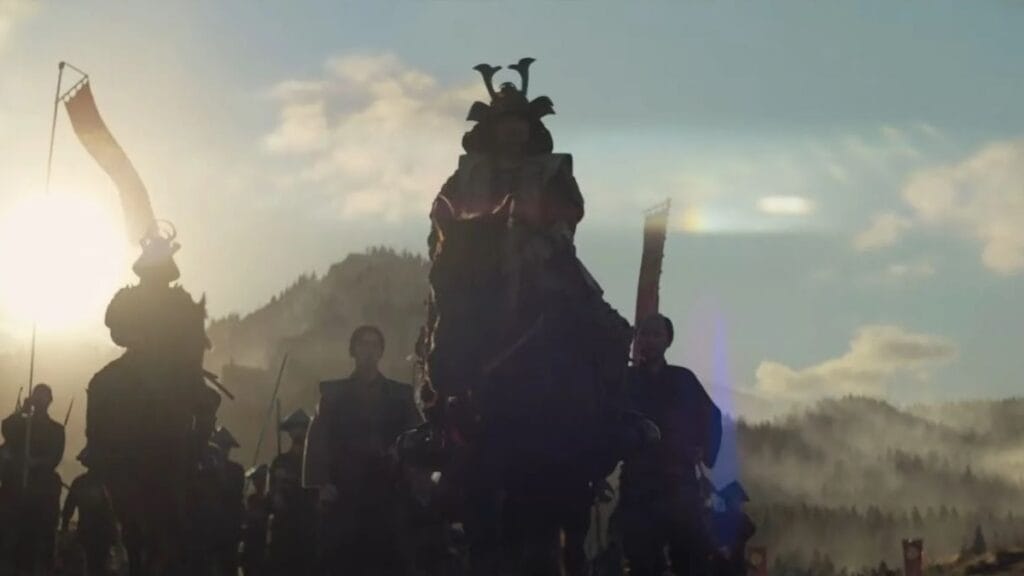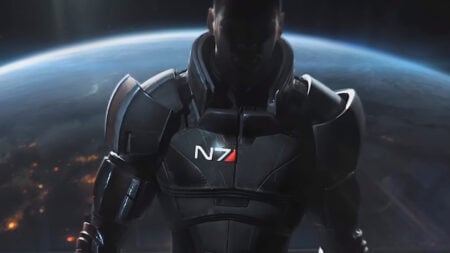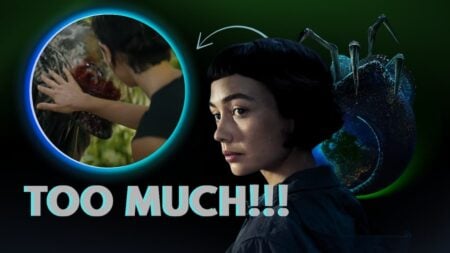Skip To...
Shogun and Nioh fall together into the bizarrely populated subgenre of white men who become samurai. They share more DNA than the average examples because they both borrow the life of William Adams. Team Ninja’s 2017 game uses the English samurai’s real name, but it takes more from Shogun than historical events. The 1975 novel that provides the basis for the new FX series is a landmark piece of fiction that built a questionable genre.
Shogun is Nioh Without the Demons

In 1975, Australian-born English/American novelist James Clavell saw his daughter’s textbook. A single line mentioned William Adams, an Englishman who sailed to Japan in 1600 and became a samurai. He advised Tokugawa Ieyasu and helped the construction of the first Western-style ships in Japan. Clavell read the stories and adapted them into his novel Shogun, which sold more than six million copies in its first five years. Critics and scholars consider it one of the most comprehensive guides to Japanese culture ever written in English. Shogun inspired Team Ninja’s long-suffering samurai game Nioh. The title initially borrowed an unfinished Akira Kurosawa script, but the historical elements drew the team’s eyes. A year after the game, FX announced a new series adapting the book. Five years later, the miniseries prepares to drop.
Shogun and Nioh adapt the life of William Adams in different ways. Historians argue the book captured much of the story but invented almost every interaction between notable figures. Clavell changed the names but maintained their roles. The implications of learning Japanese culture from a man whose exposure to the nation was being held in a POW camp during World War II remained unquestioned. Shogun was adapted into two text-based adventure games in the 80s. Nioh is more of a “what would happen if” story that blends William Adam’s life with dark fantasy. Will has a magic water spirit that helps him kill Yokai across Japan. It suits a Dark Souls clone better than ship-building. Though fantastical and silly, it is one of the few William Adams stories Japanese people told.
The White Guy Samurai Subgenre

Remember The Last Samurai? Tom Cruise on that poster raised some due questions. For the record, Ken Watanabe plays the samurai. Ditto the 2013 remake of 47 Ronin, which cast Keanu Reeves as a half-Japanese samurai. Reeves is mixed-race, though Japan would not come up on his 23 and Me profile. The white guy samurai story is a subset of white savior narratives. It depicts a caucasian warrior stumbling into Japan and outclassing samurai at their martial art. There are shades of this trope whenever someone like John Wick adds a katana to his repertoire. Bizarrely, Hiroyuki Sanada is in every example I’ve mentioned, including Shogun. Sanada also played the yakuza boss Hawkeye dueled in Avengers: Endgame and Scorpion in the Mortal Kombat movie, where he hands ninja powers to his American half-white descendent. Sanada is the man Hollywood calls when it wants to give white people Japanese superpowers.
Nioh is one of the most respectful examples of this trope. William Adams is respectful of the culture, open to working with others, and woefully out of his element. The game doesn’t treat him as a white savior. He’s a hero on his own merits. He wouldn’t get as far as he does without Japanese folks like Hattori Hanzo. The idea of foreign influence comes up on both sides of the conflict. Naturally, the Japanese version of the white guy samurai trope comes across better than most. Luckily, the new FX series has two creators/writers. Justin Marks and his Japanese-descended wife, Rachel Kondo, are writing the series. Their influence should help this show shine as brightly as Nioh. I know that’s a strange bar, but I look forward to Shogun. It might be as culturally sensitive and compelling as Team Ninja’s Dark Souls clone.







